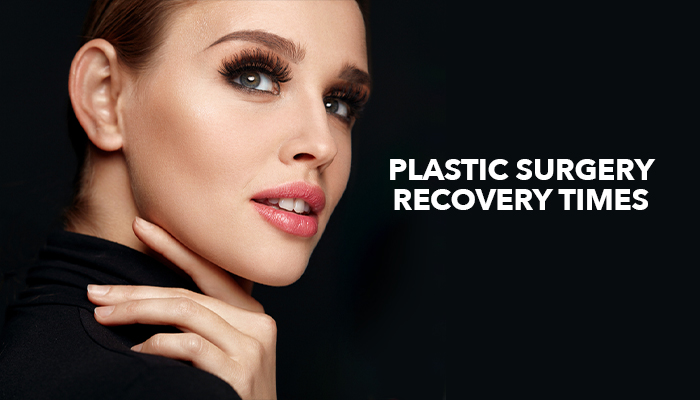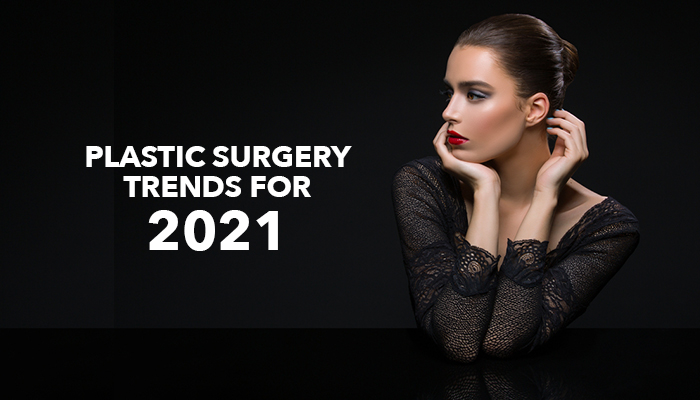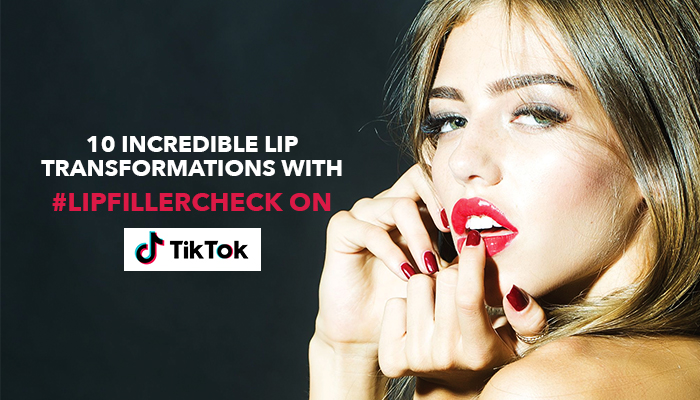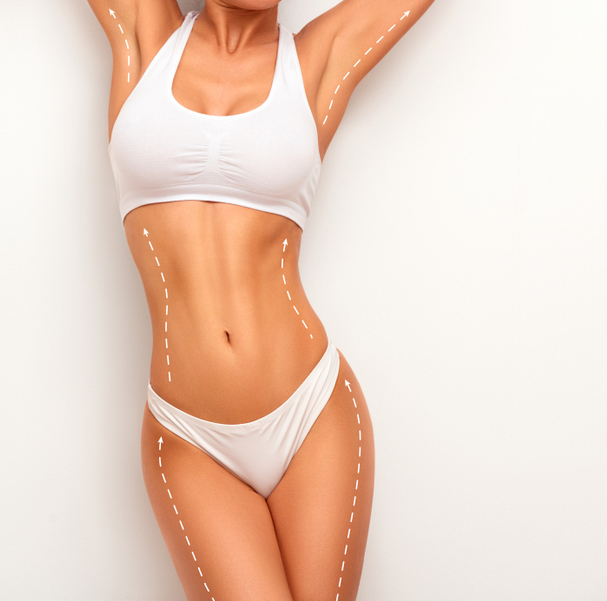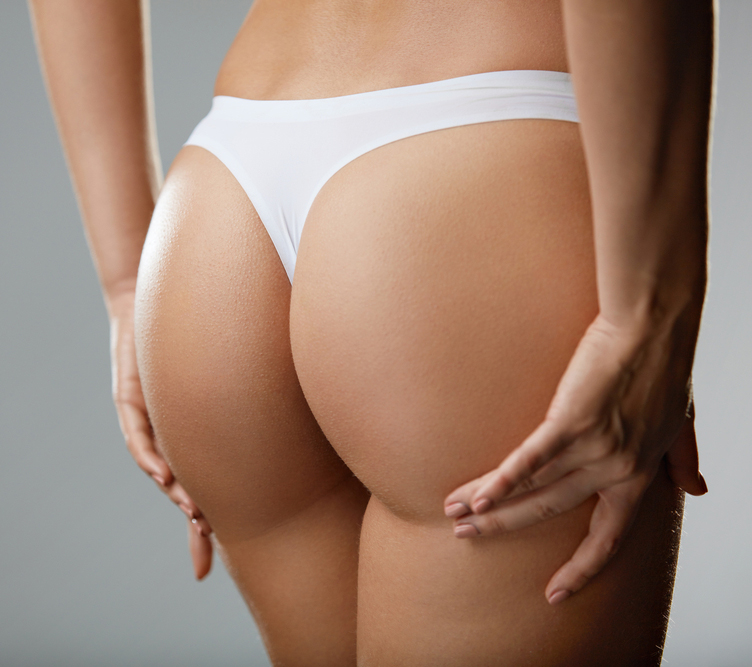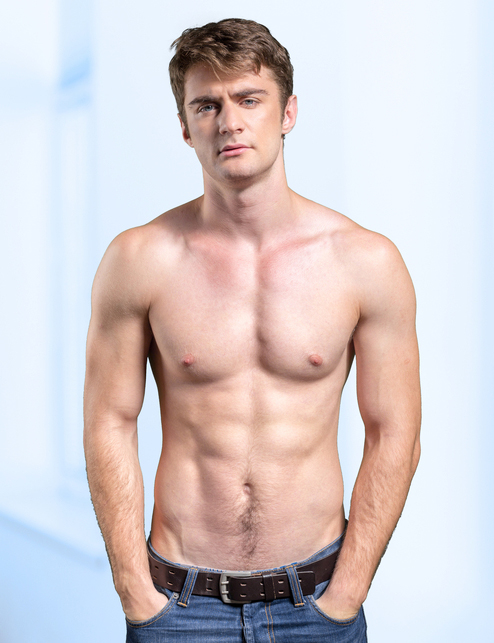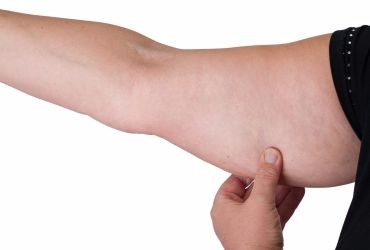
Fat Transfer (Grafting) Recovery Time
Fat Grafting, also called fat transfer, is a procedure in which the plastic surgeon can use the patient’s own fat to improve the volume and appearance of any part of the body. Also, it allows to improve the skin texture, creating a firmer and smoother skin.
The fatty tissue is removed from a donor site where the patient has excess fat, usually through liposuction, to later be re-injected in a receiver site in other parts of the body.
When a fat grafting is performed by a qualified plastic surgeon it is usually a quite safe and outpatient procedure.Which means the patient will go home the same day.
During the procedure, the patient just feels discomfort, so the surgeon can use local anesthesia and sedation, to relax the patient. However, this discomfort can last about 5 to 7 days, but the plastic surgeon can prescribe some painkiller medication to keep the patient comfortable.
The patient should avoid non-prescribed medication because certain medication (as common as aspirin) can increase bleeding and delay the healing process.Vitamins with iron, tobacco, and alcohol also should be avoided during the healing process, this can increase the risk of complications.
He/she should agree with someone to drive him/her home after the procedure, and to help him/her at home at least the first two days. It is recommended for the patient to be completely at rest and eating an equilibrated diet. It is ideal to eat more fruit and increasing the fluid intake of the diet to avoid constipation.
Despite the recovery time is variable according to each patient healing process, the average time for recovery is between one and two weeks. Likewise, sensitive patients can experience bruising and/or swelling in the injected areas, mainly when the fat is injected in areas with a low blood supply.
Other symptoms that the patient may experience include temporary stinging, throbbing, burning sensation, redness, and excessive fullness in both the donor and recipient sites. These symptoms may last 7-10 days.
In general terms, walking is allowed immediately after the procedure because it helps to minimize swelling and avoid the formation of blood clots. The patient can return to light activity and desk job after 1 to 2 weeks, but strenuous exercise should be avoided for at least 1 month, and swimming should be avoided for approximately 4 weeks. However, it is always recommended to ask the doctor before returning to any activity.
Driving is prohibited while the patient is taking narcotic pain medication. This procedure has the advantage that no drains or stitches are required after the fat re-injection, so there is nothing that will require to be removed during the healing process.
According to the treated area, the plastic surgeon can use bandages or compression garments after the procedure, which in some cases should be used even for 14 days. Likewise, sun exposure should be avoided for a minimum of 12 months, and in those cases when exposure to the sun is unavoidable, the patient should use a good sunblock with SPF equal or higher than 30. Sun exposure can make the scars hyper-pigmented and notable.Physical therapy is not typically necessary for this procedure.
The patient will receive a list of alarm signs, so if he/she presents one of them, he/she should communicate with his/her surgeon immediately. Among them, there are excessive swelling and bruising, changes in the skin colorations (bruising and redness) that persist after a week at the incision site, pain that cannot be controlled with medication, allergic reactions to medications, fever, presence of pus in the incisions, excessive bleeding, changes in the sensitiveness or movements.
According to the area that was treated the plastic surgeon can give specific recommendations. For example, in buttock augmentation with fat grafting procedure the patient should avoid sitting or lying on his/her butt at least for the first two weeks. He/she should sleep face down.
On the other hand, the patient who undergoes a breast augmentation fat grafting should sleep face up and avoid movements that include the breast muscles like getting the arms up vertically. When the recipient site is the face, the patient should sleep with the head raised up at 30 degrees, and avoid movements that could include face down. Even if the patient wants to read or write he/she should have the material at the level of the face.
It is always recommended to undergo the procedure with an expert to avoid issues such as asymmetry or lumps. Generally, the results of the procedure are semi-permanent and it can be expected to be long lasting, approximately for 3 to 5 years. However, in some cases repeating treatment or a series of treatments may be necessary to achieve the desired outcomes.
Nonetheless, all those previous recommendations are just for the fat transfer injections. In the donor sites, the plastic surgeon uses liposuction, so the patient must take care of the donor sites too.
After a liposuction, the patient also may experience swelling and bruising, even in some cases, the patient can develop redness and hematomas. In this case sutures and drains are usually placed during the healing process, so the patient should keep them clean to avoid infection.
Likewise, sterile-strips and stretch garments can be placed over the donor area, and the patient should change them constantly to maintain them clean.
Sutures and drains are removed between 5 to 7 days after the procedure, according to the healing process of each patient. No bath tub use is allowed while sutures and drains are in place.
The movements at the donor sites should be avoided to promote the healing process. And in this case, strenuous activity is also prohibited, especially because sutures are required to close the incisions through the fat tissue that was extracted.
A patient who follows the plastic surgeon instructions is more likely to heal without complications and obtain better results. If he/she has any doubt about the recovery process it is better to ask the doctor before starting any activity, although it may seem simple.
Dr. Amjadi MD, DDS, FACS
Certified by the American Board of Plastic Surgeons
915 Gessner Rd #870
Houston, TX 77024
713-465-6198

